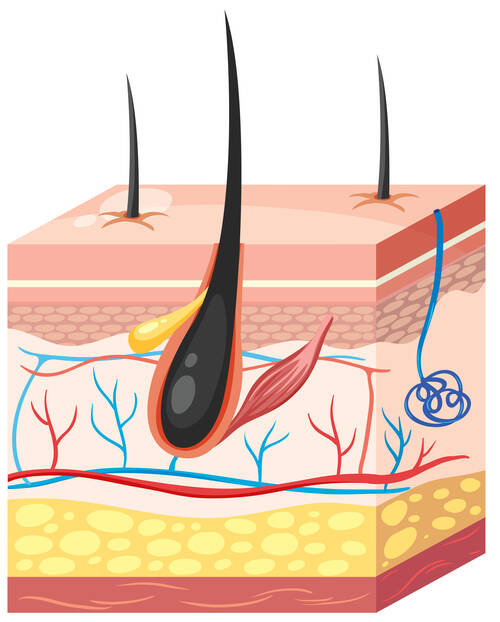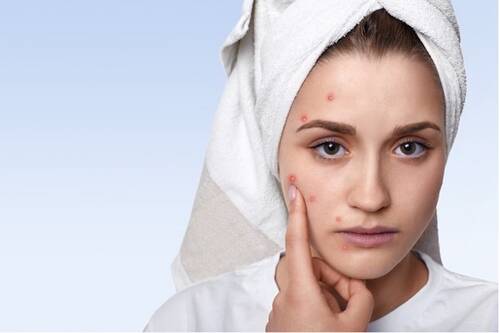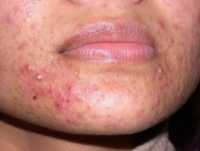 MedicalResearch.com Interview with:
Adam Friedman, MD, FAAD
MedicalResearch.com Interview with:
Adam Friedman, MD, FAAD
Associate Professor of Dermatology
Residency Program Director
Director of Translational Research
Department of Dermatology
George Washington School of Medicine and Health Sciences
Medical Research: What is the background for this study? What are the main findings?
Dr. Friedman: Acne vulgaris is one of the most common skin disease that affects approximately 40-50 million people in the United States. Acne’s multifactorial etiology, resulting from a mix of androgen-induced elevations in sebum production, abnormal follicular epithelial desquamation and proliferation, hypercolonization of
Propionibacterium acnes and host inflammatory reactions, make treatment often times challenging. In looking at the topical therapeutic armament for Acne Vulgaris, which includes benzoyl peroxide, salicyclic acid, topical antibiotics such as clindamycin, and retinoids, all suffer from various related side effects including irritation, erythema, dryness, peeling and scaling, bacterial resistance, and resulting dyschromia from the associated irritation in patients of darker skin types. These adverse events often serve as major limiting factors influencing patient compliance and ultimately impacting efficacy. Therefore new treatments which target all of the complexities of acne are needed, especially given we have not had anything really new brought to market in years. Here, we looked to biology for the answer. Our bodies generate Nitric Oxide, a diatomic lipid loving gaseous molecule, to perform a broad range of biological activities, including but not limited to killing bacteria/fungi/viruses and inhibiting inflammation - key elements in Acne. Its action however is very short lived and therefore using Nitric Oxide as a treatment is difficult as one would need a delivery system that would allow for continued and controlled release. Enter nanotechnology. We designed exceedingly small particles (of note, 1 nanometer = 1 billionth of a meter) which allow for the generation of nitric oxide gas from nitrite salt, and will only release the gas when exposed to moisture over time. The size of the particles also enables them to better interact with their environment, i.e. cells, pathogens, improving their activity as compared to large sized treatments
In this study, we showed that the nitric oxide generating/releasing nano particles effectively killed the organism, P. acnes but was not toxic to both human skin cells and a live vertebrae model (embryonic zebra fish). More importantly, we found that the nano particles inhibits the activation of a newly recognized but exceedingly important inflammatory pathway that is directly tied to the formation of an acne lesion, called the NLRP3 inflammasome. Research has shown that our bodies already regulate this pathway with nitric oxide, and therefore once again, we are looking to biology for answers. As opposed to a drug that may only have one target, the nanoparticles inhibited multiple components/elements of the inflammasome pathway, giving some insight into its potential as a treatment for acne as well as other inflammatory diseases.
(more…)

















